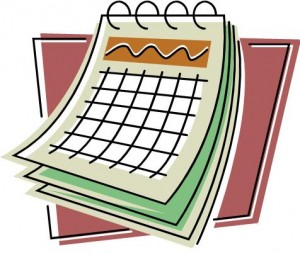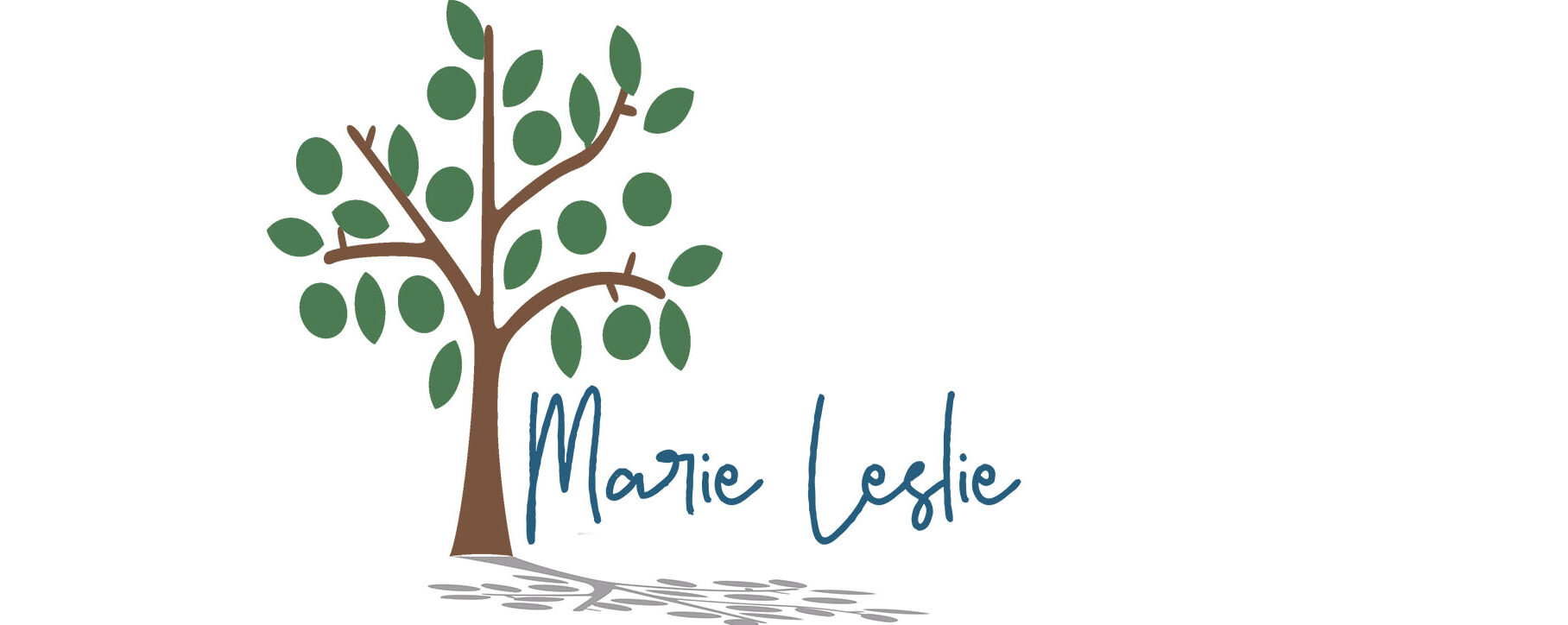Time Doesn’t Need Managing

Time management isn’t really about managing time. Time doesn’t need managing. Time is the one constant in our lives. We each get 24 hours every day, seven days every week and 365 days each year, plus that extra Leap Day every four years. It never changes, it never varies. Tuesday is not
longer than Wednesday or shorter than Thursday. Time management should really be called Priority Management.
I have read many articles and books on time management over the years and I have tried many systems. But it wasn’t until I finally figured out that I wasn’t managing time at all that I began to get a handle on managing my priorities.
It’s about figuring out what is most important to us at any given time and assigning it the priority it deserves. My #1 priority is my family. ON an overall basis, being a wife and mother comes ahead of everything else, except for taking care of me (though that really fits into family, as well, because I can’t take care of my family if I don’t take of me—but that’s another post). Even though my family is important, their needs do not always hit the top of my list all day every day. My work is a high priority, but it, too, doesn’t hit the top of the list all day every day.
So, to manage my priorities, I need to know first what those priorities are and then evaluate which are most important at any given time. Sometimes it is my family, sometimes it is a photography project, other times a media client, and other times a friend, a household task, self-care, education, relaxation or even sleep.
 Like many small-business owners, my day is full of varied tasks. The key for me is recognizing which are priorities, which are distractions and which can be either shelved or delegated. I am a compulsive list maker. If it isn’t written down somewhere, it doesn’t exist in my world. I use a calendar—and I’ve taught my family to use calendars, I make used to make daily to-do lists and I am a champion of the sticky note. I LOVE sticky notes. They’re everywhere—on my refrigerator, on the wall next to my phone (best system ever for phone messages and frequently called numbers), they frame my computer monitors (yes, it’s plural), they’re on the bathroom mirrors. I am a walking ad for the sticky note.
Like many small-business owners, my day is full of varied tasks. The key for me is recognizing which are priorities, which are distractions and which can be either shelved or delegated. I am a compulsive list maker. If it isn’t written down somewhere, it doesn’t exist in my world. I use a calendar—and I’ve taught my family to use calendars, I make used to make daily to-do lists and I am a champion of the sticky note. I LOVE sticky notes. They’re everywhere—on my refrigerator, on the wall next to my phone (best system ever for phone messages and frequently called numbers), they frame my computer monitors (yes, it’s plural), they’re on the bathroom mirrors. I am a walking ad for the sticky note.
Back to the to-do list. I really don’t make daily to-do lists anymore. After researching and trying many time management systems with various types of lists and experiencing varying degrees of frustration and stress over unfinished to-do lists that only get longer, I finally found a system that works for me, keeps me focused and actually gives me a sense of accomplishment at the end of the day.
I have a master task list. I use the task function in Microsoft Outlook to keep track of all the projects that need doing: home maintenance and repairs, client orders to be filled, work assignments, creative projects, everything that isn’t a specific calendar event goes on the task list. Some of my recent tasks include designing a wedding album, replacing my kitchen faucet, planting fruit trees (part of a larger landscaping project), reorganizing my storage room and redesigning my web store. Some tasks have deadlines, others are open-ended projects.
 Each week I review my calendar and my task list and determine which tasks are most important that week. After looking at appointments and events on my calendar, I can see how much time I have and appropriately schedule each day with what we call the MIN’s or “Most Important Now.” One of the keys to the success of my system is that, in order to get on the MIN list, I have to give a time estimate for each task. Since I only have a finite amount of time each day, I can easily see when I am over scheduling myself. I can certainly schedule 22 hours worth of tasks into a work day, but since my days only have 24 hours and MUST include time for eating, sleeping, household responsibilities and self-care, it’s pretty clear I’m not going to accomplish 22 hours of tasks each day.
Each week I review my calendar and my task list and determine which tasks are most important that week. After looking at appointments and events on my calendar, I can see how much time I have and appropriately schedule each day with what we call the MIN’s or “Most Important Now.” One of the keys to the success of my system is that, in order to get on the MIN list, I have to give a time estimate for each task. Since I only have a finite amount of time each day, I can easily see when I am over scheduling myself. I can certainly schedule 22 hours worth of tasks into a work day, but since my days only have 24 hours and MUST include time for eating, sleeping, household responsibilities and self-care, it’s pretty clear I’m not going to accomplish 22 hours of tasks each day.
Using this system, my scheduling has become much more realistic and my stress level has lowered dramatically, while my sense of accomplishment has risen. I still don’t always get everything done, but when things come up, I can estimate time needed, decide whether it’s really a priority and adjust my schedule accordingly.
There is more to the system and I’m still working on implementing it fully, but like everything else, I am a work in progress. This system is not entirely mine. I discovered it through my reading. One day at the library (I’m a huge library fan—you can read about it here) I found a book called Aligned Thinking by Jim Steffen. I liked it so much I immediately bought my own copy and shared it with my husband. This is just one part of a priority-management system to reduces stress and increases both productivity and free time. And isn’t that what we all want out of life?
__________________________________
How do you manage your priorities? Is it a challenge or do you have them under control? Share your ideas, challenges and successes in the comment section below.






These are fabulous tips, which I must try to implement for myself. I currently run off of to-do lists but like you said, they just get longer and longer. I think if I were to allot a certain amount of time to key tasks every day and schedule that, I’d get a lot more accomplished. Great stuff!